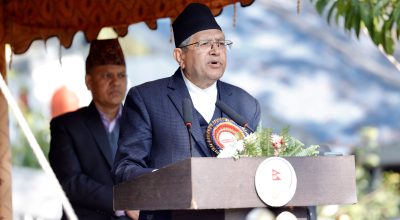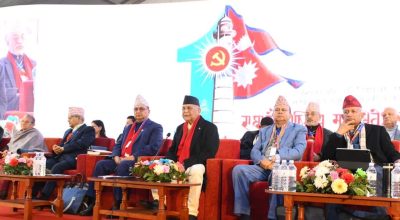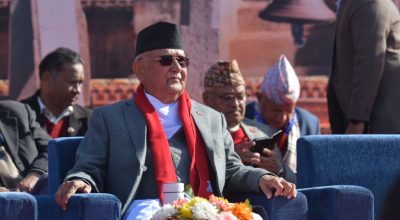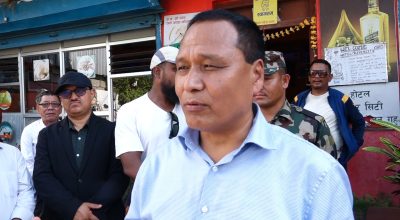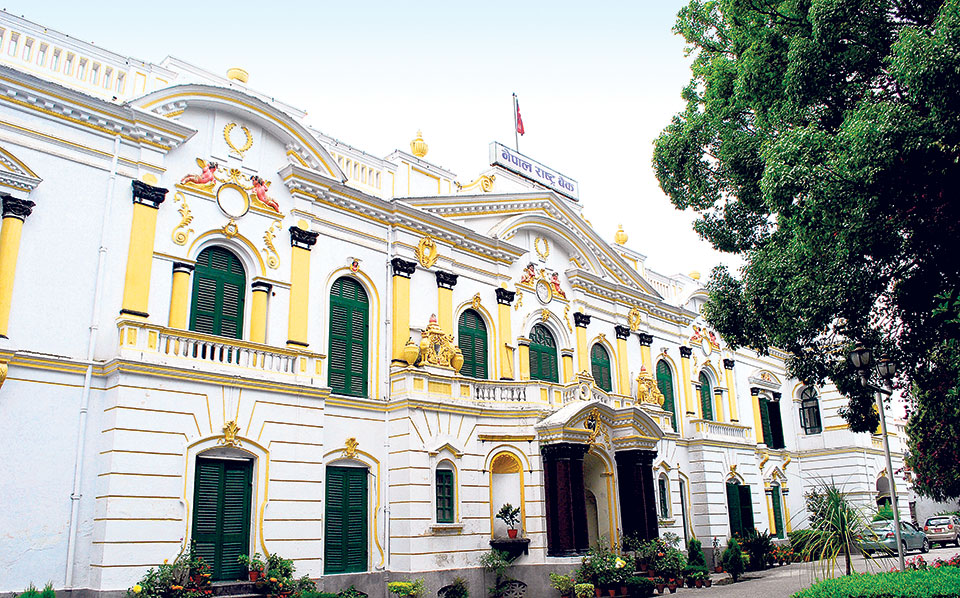
KATHMANDU: The Nepal Rastra Bank (NRB), the central bank of Nepal, has said that the country’s current economic situation is under stress after remittance inflow decreased by nearly 3 percent in US Dollar term.
Releasing the 8-month data of the current fiscal year, the NRB said that the remittance, the major foreign currency earning for years, inflow remained decreasing. In these eight months, Nepal received Rs. 631.19 billion against an increase of 8.7 percent in the same period of the previous year. In the US Dollar terms, remittance inflows decreased 3.0 percent to USD 5.28 billion in the review period against an increase of 5.0 percent in the same period of the previous year.
Number of Nepali workers (institutional and individual-new and legalized) taking approval for foreign employment increased significantly to 227,900 in the review period. It had decreased 82.9 percent in the same period of the previous year. The number of Nepali workers (Renew entry) taking approval for foreign employment increased 240.9 percent to 178,262 in the review period. It had decreased 70.2 percent in the same period of the previous year.
Net transfer decreased 2.0 percent to Rs.704.33 billion in the review period. Such a transfer had increased 7.2 percent in the same period of the previous year.
Current Account and Balance of Payments
The current account remained at a deficit of Rs.462.93 billion in the review period compared to a deficit of Rs.151.42 billion in the same period of the previous year. In the US Dollar terms, the current account registered a deficit of 3.88 billion in the review period compared to deficit of 1.29 billion in the same period last year.
In the review period, capital transfer decreased 41.2 percent to Rs.7 billion and net foreign direct investment (FDI) increased 60.0 percent to Rs.16.30 billion. In the same period of the previous year, capital transfer and net FDI amounted to Rs.11.91 billion and Rs.10.18 billion respectively.
Balance of Payments (BOP) remained at a deficit of Rs.258.64 billion in the review period against a surplus of Rs.68.01 billion in the same period of the previous year. In the US Dollar terms, the BOP remained at a deficit of 2.17 billion in the review period against a surplus of 565.8 million in the same period of the previous year.
Foreign Exchange Reserves
Gross foreign exchange reserves decreased 16.3 percent to Rs.1171 billion in mid-March 2022 from Rs.1399.03 billion in mid-July 2021. In the US dollar terms, the gross foreign exchange reserves decreased 18.5 percent to 9.58 billion in mid-March 2022 from 11.75 billion in mid-July
2021.
Of the total foreign exchange reserves, reserves held by NRB decreased 18.2 percent to Rs.1018.05 billion in mid-March 2022 from Rs.1244.63 billion in mid-July 2021. Reserves held by banks and financial institutions (except NRB) decreased 0.9 percent to Rs.152.95 billion in mid-March 2022 from Rs.154.39 billion in mid-July 2021. The share of Indian currency in total reserves stood at 24.2 percent in mid-March 2022.
Foreign Exchange Adequacy Indicators
Based on the imports of eight months of 2021/22, the foreign exchange reserves of the banking sector is sufficient to cover the prospective merchandise imports of 7.4 months, and merchandise and services imports of 6.7 months. The ratio of reserves-to-GDP (previous fiscal year), reserves-to-imports and reserves-to-M2 stood at 27.4 percent, 55.6 percent and 22.0 percent respectively in mid-March 2022. Such ratios were 32.8 percent, 84.7 percent and 27.1 percent respectively in mid-July 2021.
Current Macroeconomic and Financial Situation – English (Based on Eight Months data of 2021.22)
Current Macroeconomic and Financial Situation - English (Based on Eight Months data of 2021.22)






